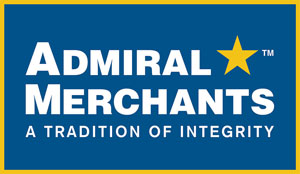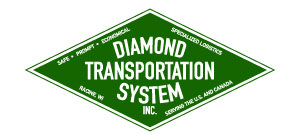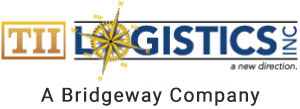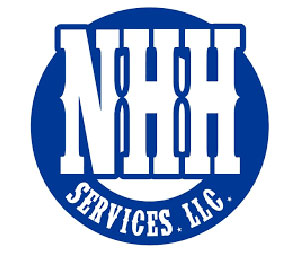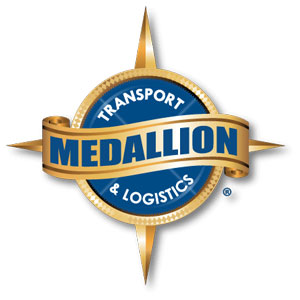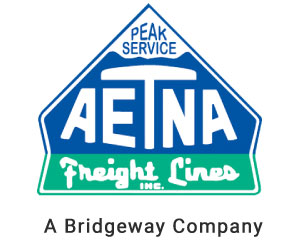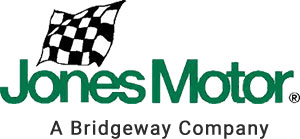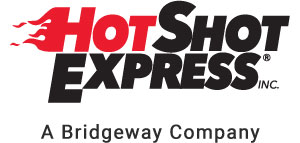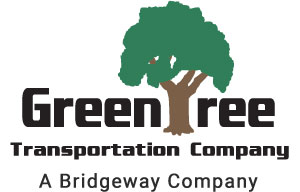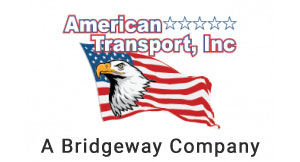Examination of the ‘Harmonization’ of Oversize Permitting
There has been a movement underway for decades now to get all states on board with an agreement which would allow for uniform permitting of large and heavy loads to be transported between states. In the past, this was always a very tedious process, because it was necessary to secure permits from every state that a load had to travel through, and each state handled permits in a different way.
Now, that is changing due to the efforts of a few dedicated individuals who are making the pitch to every state to harmonize the permit process, and make it easier to secure necessary approval for interstate transport of heavy loads. Overdrive’s Todd Dills examined this in depth last month, and found that things are beginning to move in the right direction thanks in large part to the Specialized Carriers & Rigging Association’s Uniform Permit Transport 2021 initiative.
Major Developments
There are now more than 30 states which auto-issue permits for oversize loads:
“In 2010, he said, only a few states did such — now the number’s well over 30, in some cases “for loads of 200,000 pounds or more,” and with varying width and length. The U.S. Department of Transportation measures state auto-permitting processes based on a minimum 150,000 lbs. threshold, 14′ wide, 14’6″ high and 110’ long. In 2017, before UPT was launched, 20 states met that threshold, with another 10 having some form of automated permitting in place. Since then, another 6 have added auto-issue systems”
[the_ad_group id=”18″]
The ultimate goal is to free up state resources, so they can be used in other areas, such as road and bridge improvement:
“The goal of the UPT initiative is ultimately about simplicity, with the potential to free up state resources in order that dollars can be put to road and bridge improvement efforts that could ultimately result is more practical oversize/overweight routing.”
Technology is improving for the auto-issuance of permits:
“We’re down to three technicians issuing permits manually, and now I’ve got a person to sit down and talk to each one of you” when loads arise that don’t fit the schema for auto-issue permits, Koehler said. The system is linked up with state law enforcement systems. “They can easily see what kind of permit you have or what violations/out-of-service issues”
Every state has its own permitting rules, presenting unique barriers along the way:
“barriers to harmonization in the outlier states, Marion added, are several in number, and mostly have to do with the status-quo inertia endemic “government bureaucracy. Every state has their own permitting rules, and it’s tough to get 50 states to agree on everything.”
Some rules might require a legislative change, for instance, and state geographies present their own unique complexities, as do the nature of the construction of bridges there.”
26 states are issuing permits by mobile phone, eliminating most paperwork of the past:
“for compliance, each state would continue to jump on the bandwagon of allowing electronic permitting via mobile devices, reducing the need for drivers to carry paper.”
GPS and route-planning software are reducing route lengths, and saving on fuel costs:
“Integration of a variety of techs is underway, with GPS and route planning applications integrated with permitted trips to help guide you on your permitted route. In 10 years, panelists noted, such will be commonplace.”
Integrated permitting will allow for nationwide routing across multiple states:
“Integrated permitting allows the permit writer to order an Ohio permit, for instance, and continue to the next state along the route in Pennsylvania, and “specifically send it to our service – it allows for a little bit of guarantee with regard to compliance,” Mollno says, and the “system will auto-text and email to view the permit.”
Streamlining the Process for Cross Country Hauling
As more and more states come on board with integrated permitting, it will be faster and easier to obtain a necessary permit for oversize loads to travel between them. It will also save on fuel costs and driving time because it will allow for more direct routing of loads. Technology is at the forefront of this initiative, with mobile devices being used to secure auto-permits, and all information being retained at a central repository.
All interested parties will have access to this information regarding a particular load, so progress can always be monitored and hangups can be identified.




